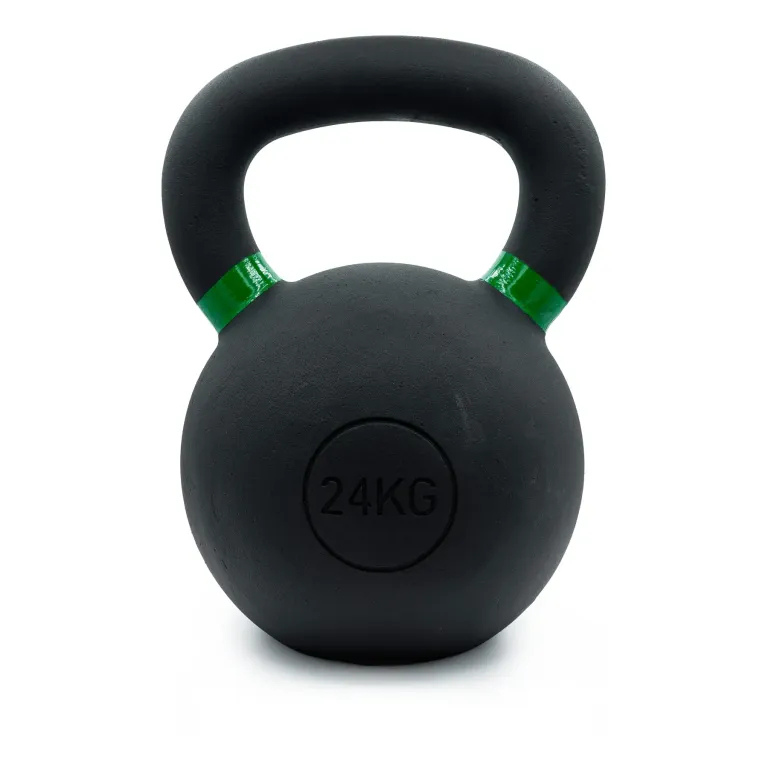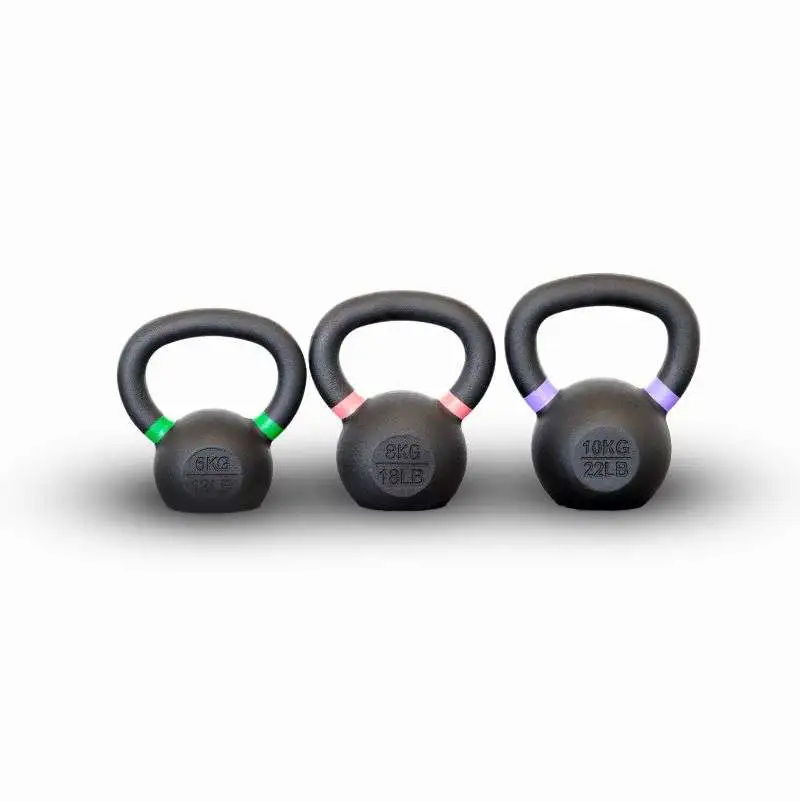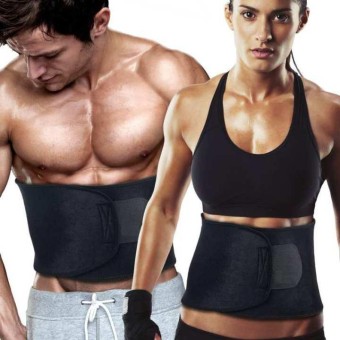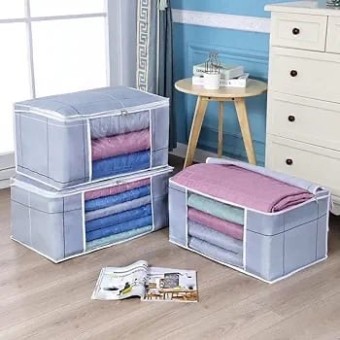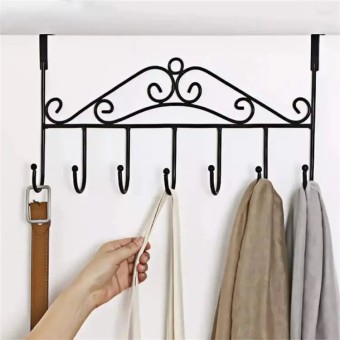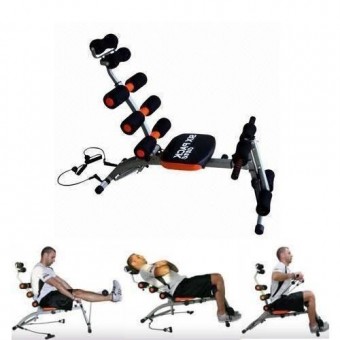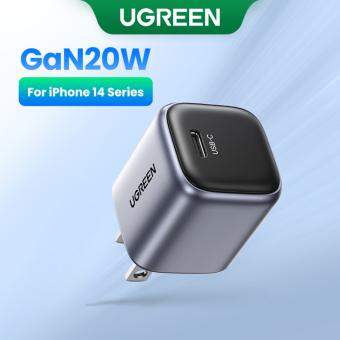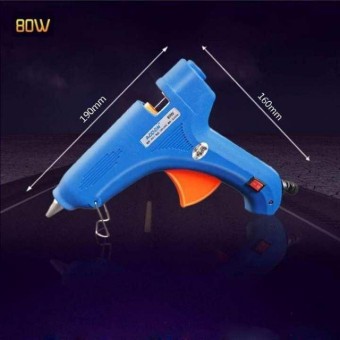KettleBell for Gym and home workout
Product Highlights
-
Versatile: Works for strength, cardio, and flexibility.
-
Compact: Perfect for home workouts with limited space.
-
Cost-effective: More affordable than most gym equipment.
-
Full-body workout: Engages multiple muscle groups simultaneously.
-
Customizable: Suitable for all fitness levels with adjustable weights.
-
Portable: Easy to store and move around.
-
Durable: Built to last with strong materials like cast iron and steel.
Ratings & Reviews
💵 Cash on delivery available *
🚚 Free shipping on orders above 3000. Delivery Policy
7 Days Returns/Exchange ( Change of mind is not applicable )
No Warranty
If you’re tired of the same old workout routine or need a fitness solution that works just as well at home as in the gym, kettlebells might be exactly what you’re looking for. These compact, versatile weights are a fantastic way to build strength, boost your cardio, and have fun while doing it. Let’s dive into why kettlebells are all the rage and how you can make them a part of your fitness journey.
What Are Kettlebells?
Think of a kettlebell as a cannonball with a handle. Sounds odd, right? But this quirky design is what makes them so effective. Unlike traditional dumbbells, kettlebells allow for dynamic movements, making them perfect for exercises that combine strength, cardio, and flexibility all in one.
Different Types of Kettlebells
-
Cast Iron: The classic kettlebell, great for beginners and pros alike.
-
Competition Kettlebells: These are uniform in size no matter the weight—ideal if you want to train consistently.
-
Adjustable Kettlebells: Perfect if you’re short on space but want multiple weight options.
Why Kettlebells Are a Game-Changer
What makes kettlebells so special? It’s their versatility and the unique way they engage your entire body.
Total Body Workout
Kettlebells work multiple muscle groups at once, which means you get more done in less time. Whether it’s your legs, core, or arms, these weights have got you covered.
Strength Meets Cardio
Unlike traditional weightlifting, kettlebell exercises often involve explosive, fast-paced movements. This keeps your heart rate up while building muscle, giving you a two-for-one workout.
Perfect for Home Workouts
No gym? No problem. Kettlebells don’t take up much space and are super easy to store. Plus, they’re cost-effective compared to other fitness equipment.
Getting Started with Kettlebells
If you’re new to kettlebells, don’t worry—it’s easier than it looks.
How to Pick the Right Weight
For beginners, start with something manageable:
-
Men: 8–12 kg
-
Women: 4–8 kg
You can always level up once you’ve nailed the basics!
Safety First
Form is everything with kettlebells. Start slow, focus on your technique, and don’t go too heavy too soon. Trust me, your back will thank you.
Beginner-Friendly Kettlebell Exercises
Here are a few simple moves to get you started:
-
Kettlebell Deadlift: This one’s great for building lower body strength.
-
Kettlebell Swing: The ultimate full-body workout—simple but so effective.
-
Goblet Squat: Works your legs and core while improving flexibility.
-
Shoulder Press: Perfect for toning and strengthening your upper body.
Master these, and you’re off to a strong start!
Taking It Up a Notch: Advanced Moves
Feeling confident? Challenge yourself with these:
-
Turkish Get-Up: A full-body move that tests strength and stability.
-
Kettlebell Clean and Press: Perfect for building explosive power.
-
Snatch: A dynamic, high-intensity move for seasoned kettlebell users.
Workouts Tailored to Your Goals
Whether you want to burn fat, build muscle, or improve flexibility, kettlebells can help.
For Weight Loss
High-intensity moves like kettlebell swings torch calories while building strength.
For Muscle Building
Focus on heavy lifts like the Turkish Get-Up and Clean and Press to pack on muscle.
For Flexibility
Incorporate kettlebells into stretches to improve mobility and joint health.
How to Build a Routine
Creating a kettlebell workout plan doesn’t have to be complicated. Here’s a simple weekly schedule:
-
Monday: Strength training (e.g., Goblet Squats, Deadlifts)
-
Wednesday: Cardio (e.g., Kettlebell Swings, Snatches)
-
Friday: Mobility (e.g., Turkish Get-Up, Windmills)
Mix it up, and don’t forget to listen to your body!
Tips for Picking the Perfect Kettlebell
Not all kettlebells are created equal. Here’s what to keep in mind:
-
Material: Look for durable cast iron or steel options.
-
Weight: Start light and work your way up as you progress.
-
Handle Design: Make sure it’s comfortable to grip for extended periods.
Avoid These Common Mistakes
Kettlebells are great, but only if you use them right. Here’s what to avoid:
-
Bad Form: Take the time to learn proper techniques—it’s worth it.
-
Overloading: Start with a weight you can handle. Going too heavy too soon can lead to injuries.
Why Kettlebells Work for Everyone
Whether you’re a busy parent working out at home or a gym rat looking to switch things up, kettlebells fit right in. They’re portable, affordable, and adaptable to almost any fitness goal.
Conclusion
Kettlebells aren’t just a fitness trend—they’re a tool that can transform the way you work out. From building strength and burning calories to improving mobility, there’s little these versatile weights can’t do. So grab a kettlebell, start small, and let the results speak for themselves!
You can find More Products
FAQs
-
What’s the best weight for a beginner?
Start with 8–12 kg for men and 4–8 kg for women. -
How often should I work out with kettlebells?
Aim for 2–3 sessions a week, gradually increasing as you get stronger. -
Can kettlebells replace all other gym equipment?
They’re super versatile but work best when combined with other equipment for a balanced routine. -
Are kettlebells safe for newbies?
Absolutely—just focus on learning proper form first.
How do I keep my kettlebells in good shape?
Clean them regularly and store them in a dry place to prevent rust or damage.
No any specifiation for this product


